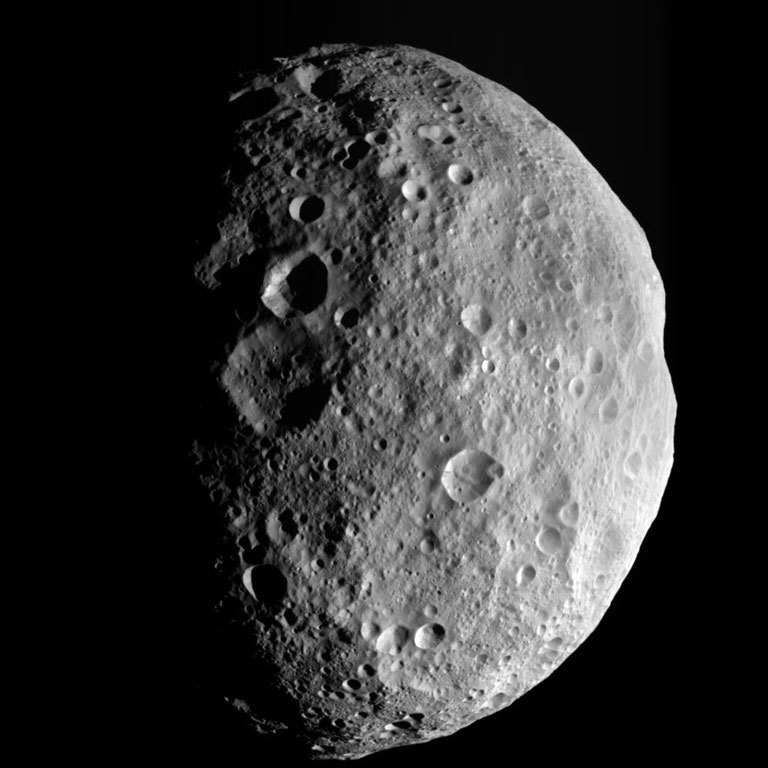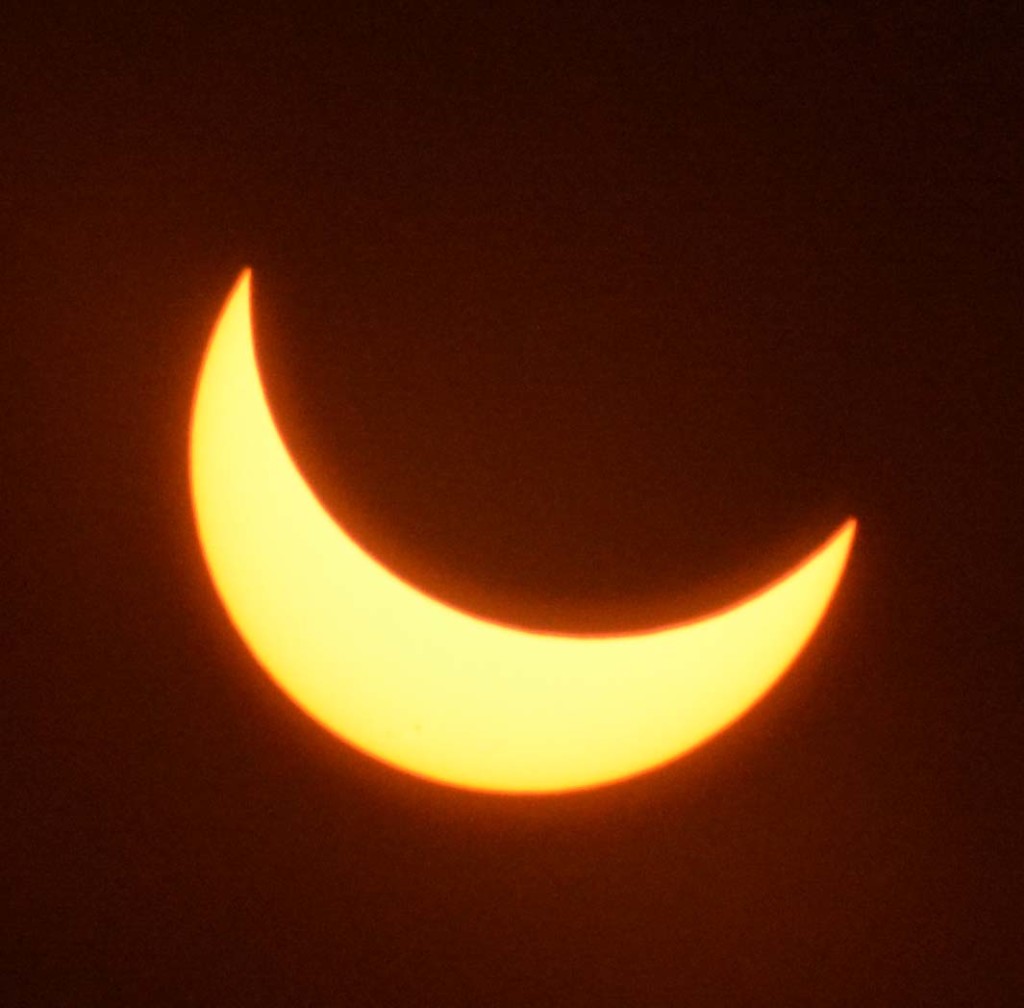By Erich Karkoschka

Starting on the 22nd, Mercury joins the other three planets at dusk. First, it is below Venus. Then on the 29th to the left of Venus, and then further left and higher than Venus.

Venus is at its brightest during early December. On the 6th, the moon will be close to it. You may be able to find Venus well before sunset about 3 degrees above the moon. Later in December, it rapidly approaches the sun and thus gets low during dusk. By the end of the year, its diameter exceeds one arc-minute, the largest it can get. Its slim crescent is a beautiful sight in telescopes and also visible in binoculars.

From the 5th to the 8th, the lunar crescent passes the three bright planets at dusk. On the last morning of the year, it is close to Mars and Antares.

Mars is the lonely planet at dawn, but faint and low, fare below Spica.

Ceres is still 7th magnitude in Taurus, but fading. On the other hand, Iris is brightening at 8th magnitude in Cancer.

Jupiter is about 15 degrees higher then Saturn and still well positioned for telescopic observations.

Saturn is about 15 degrees above Venus and 15 degrees below Jupiter. It will become invisible in January.

Uranus and Neptune are high in the evening sky. Jupiter will be catching up with Neptune and pass it in April, invisible behind the Sun.

Comet Leonard is in the morning sky near the limit of naked eye visibility until it gets too close to the sun on the 12th. On the 3rd, it is close to globular cluster M3. On the 6th, it is 5 degrees to the left of Arcturus. On the 10th, it is 5 degrees to the left of Alpha Serpentis.


